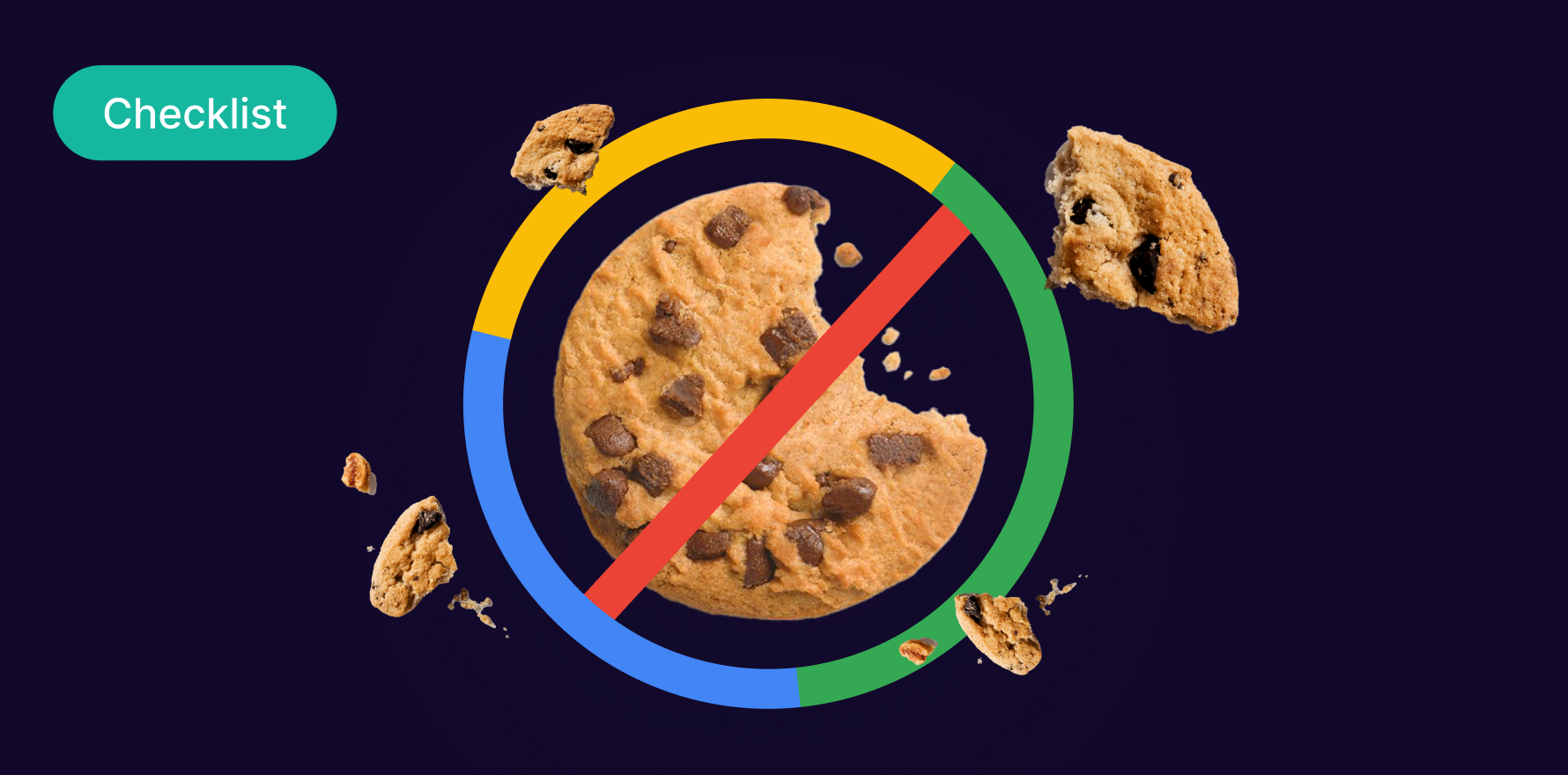What is Normalization?
Normalization is the process of adjusting values measured on different scales to a common scale, typically within a range of 0 to 1. This technique is essential for comparing and analyzing data accurately.
Formula
For min-max normalization: Normalized Value = (X – Xmin) / (Xmax – Xmin)
where:
- X= original value
- Xmin = minimum value in the dataset
- Xmax = maximum value in the dataset
Example
A dataset includes sales figures ranging from $10 to $1000.
To normalize these values: Normalized Value=(500- 10)(1000 – 10)=0.49
This scales the sales figure to a range between 0 and 1.
Why is Normalization important?
Normalization is crucial for:
1) Enhancing data comparability across different scales.
2) Improving the accuracy of machine learning models.
3) Facilitating clearer data visualizations.
4) Preventing bias in statistical analyses.
Which factors impact Normalization?
Several factors can influence normalization, including:
1) Data Range: The spread of values within the dataset.
2) Outliers: Extreme values that can skew normalization results.
3) Method Selection: Choosing the appropriate normalization technique (e.g., min-max, z-score).
4) Consistency: Ensuring consistent application of normalization across datasets.
How can Normalization be improved?
To enhance normalization, consider:
1) Outlier Handling: Identifying and addressing outliers before normalization.
2) Method Selection: Selecting the most suitable normalization method for the data.
3) Data Cleaning: Ensuring data quality and accuracy before normalization.
4) Consistency Checks: Applying normalization consistently across similar datasets.
What is Normalization’s relationship with other metrics?
Normalization is closely related to metrics like standard deviation, mean, and range. It ensures data comparability, allowing for accurate analysis and interpretation. By normalizing data, metrics such as mean and standard deviation become more meaningful and comparable, leading to better insights and more effective decision-making.
Free essential resources for success
Discover more from Lifesight

















